“Of living creators of cosmic fear raised to its most artistic pitch, few if any can hope to equal the versatile Arthur Machen.” — -H.P. Lovecraft
Props from H.P. Lovecraft, the icon of horror lit, definitely doesn’t suck. But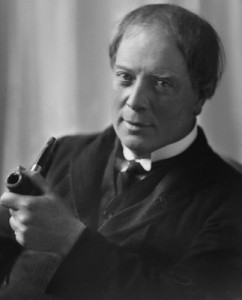 only recently has Arthur Machen begun receiving the acclaim he deserves. In 2011, Penguin Classics released an anthology of Machen’s short stories edited by horror scholar S.T. Joshi with a preface by the acclaimed director Guillermo del Toro. Yet even though Machen and Lovecraft are often compared favorably for their brand of “cosmic fear,” the authors evoke the subject from two very different angles.
only recently has Arthur Machen begun receiving the acclaim he deserves. In 2011, Penguin Classics released an anthology of Machen’s short stories edited by horror scholar S.T. Joshi with a preface by the acclaimed director Guillermo del Toro. Yet even though Machen and Lovecraft are often compared favorably for their brand of “cosmic fear,” the authors evoke the subject from two very different angles.
H.P. Lovecraft was an atheist. His stories are full of cosmic dread and ancient terrors, a combination of monsters and modern philosophy. In one of the greatest essays on horror ever penned, Supernatural Horror in Literature, Lovecraft writes:
The true weird tale has something more than secret murder, bloody bones, or a sheeted form clanking chains according to rule. A certain atmosphere of breathless and unexplainable dread of outer, unknown forces must be present; and there must be a hint, expressed with a seriousness and portentousness becoming its subject, of that most terrible conception of the human brain — a malign and particular suspension or defeat of those fixed laws of Nature which are our only safeguard against the assaults of chaos and the daemons of unplumbed space. (emphasis mine)
In the early twentieth century, German theologian Rudolf Otto, in his book “The Idea of the Holy,” coined the term “numinous” to describe religious experience of the “wholly other,” the divine. Here’s Wikipedia on numinous:
According to Otto the numinous experience has two aspects: mysterium tremendum, which is the tendency to invoke fear and trembling; and mysterium fascinans, the tendency to attract, fascinate and compel. The numinous experience also has a personal quality to it, in that the person feels to be in communion with a Holy other.
Interestingly enough, the root idea of “holiness” is “wholeness.” In this sense, encountering the numinous means both
- Experiencing the “Holy” other
- Experiencing the “Wholly” other
For Otto, encountering the “Holy other” invoked its own type of horror, a “fear and trembling.”
Notice that while both men acknowledged an “awful mystery” at the core of the universe, Otto defined it in terms of Something, while Lovecraft defined it in terms of Nothing. Thus their “fear and trembling” was qualitatively different. While Otto is drawn to commune with the “Holy other,” Lovecraft is mortified by “the daemons of unplumbed space.” As Lovecraft saw it, it was a “suspension” of belief in the “fixed laws of Nature” that sheltered us from “the assaults of chaos.” Science, once our only “safeguard” against madness, inevitably rouses “unexplainable dread.”
Like Otto, Arthur Machen extracts horror not from the cold, “fixed laws of Nature” and the eternal “chaos” it inevitably wreaks, but from something Other.
In the Los Angeles Review of Books, Richard Rayner summarizes Machen’s writing this way:
Machen was interested in visions, in ecstatic experiences, not just the supernatural as such. All his fiction ponders the idea that other realities exist beside, or just beyond, or within the everyday one that we normally perceive, and all his fiction features characters who reach for that dangerous mystery. Sometimes, as in “The Bowmen” or “The Great Return,” that other reality introduces miracle and wonder into quotidian life. Other times, especially in the work he produced as a young man during the years 1887-1901, the discovery that lies on the other side of the veil is utmost horror. (bold mine)
Over at Christ and Pop Culture, in a memoriam to Machen, Geoffrey Reiter traces Machen’s “dangerous mystery” not back to a belief in some Cosmic Void but to a mystical reality.
…as his wife Amy was dying of cancer, Machen’s writing changed to a new phase, a phase that is perhaps his most interesting for the Christian reader. He took a renewed interest in the Christian faith, though it was now his own custom blend of Celtic mystical Christianity derived from the history of his native Wales, as opposed to his father’s more passive, warmed over Anglicanism. Increasingly, he saw his faith as the answer to the emptiness of the modern world, and in his writings from the twentieth century, his stylistic emphasis is one of juxtaposition: mystical experience occurs as an occasional burst in his narratives. (bold mine)
Whereas Lovecraft could only face “the emptiness of the modern world” with “unexplainable dread,” Machen did so through the lens of “faith.”
In a piece at Christianity Today on sacred terror in pop culture, horror novelist Jonathan Ryan expands Machen’s push toward “a more holy terror.”
While Lovecraft was an atheist, Machen fully embraced the doctrines of his Anglican faith. His horror contained the mystery of abandoned places, forgotten gods, and utter terror at the unknown, but also the possibility for humans to find hope beyond despair. Unlike Lovecraft, Machen pushed toward a more holy terror, a sacred fear that could prompt a person to kneel before God.
Machen felt despair could be avoided by seeing the good God who ruled over the world “behind the veil.” (bold mine)
The visceral fear of cold Nothingness is meager compared to the awe, dread, and disconcertion one would feel encountering the Holy. But this is exactly the terror induced by the Living God. The apostle Paul describes Him as the One “who alone is immortal and who lives in unapproachable light, whom no one has seen or can see” (I Tim. 6:15-16). Paul concluded,
“Knowing therefore the terror of the Lord, we persuade men…” (II Cor. 5:11)
“The terror of the Lord.” Apparently, experiencing the Holy contains its own unique terror. Which could explain why the apostle John, upon seeing the glorified Christ, “fell at his feet as though dead” (Rev. 1:17).
We don’t often connect horror with holiness. In fact, we tend to see them as polar opposites. While holiness involves purity, light, and righteousness, horror involves fear, impurity, and evil. But the truth is, holiness and horror are far more aligned in the Christian worldview than they’re not.
So while perfect love may cast out all fear (I John 4:18), fear is very much a part of encountering Perfect Love.
Fear and trembling — or horror — is not just about shock or gore, but about an encounter with Something both Holy and Wholly Other. While Lovecraft and Machen both wrote about “cosmic fear,” the worldviews which evoke that are, from the authors’ perspectives, polar opposites. One is God-less, the other is God-filled.
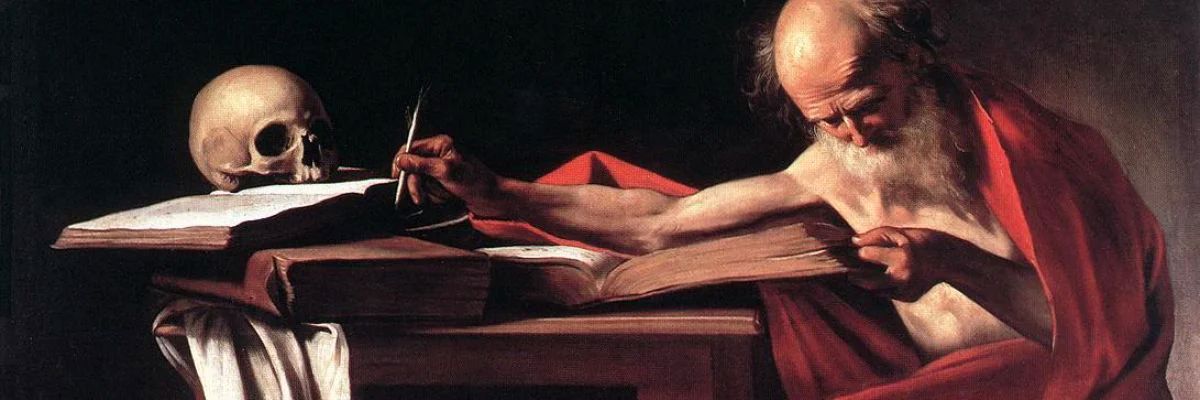
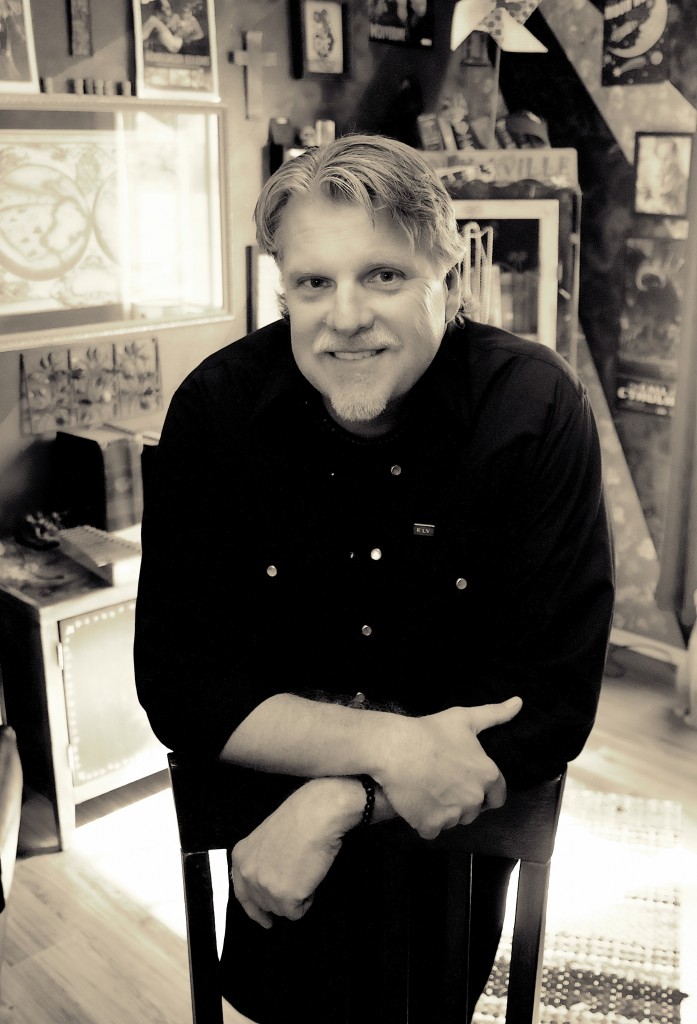
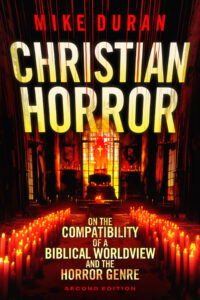
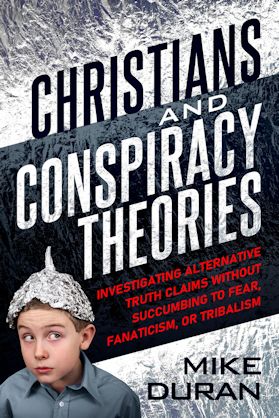
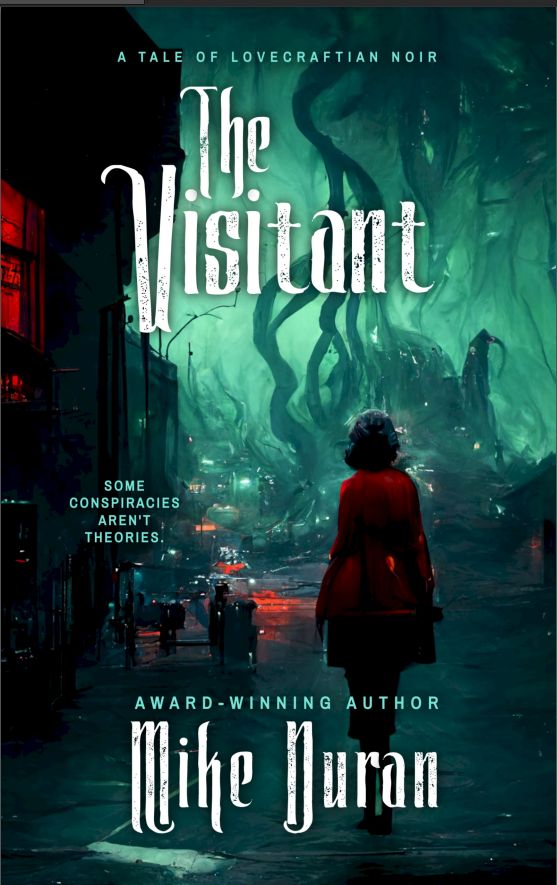

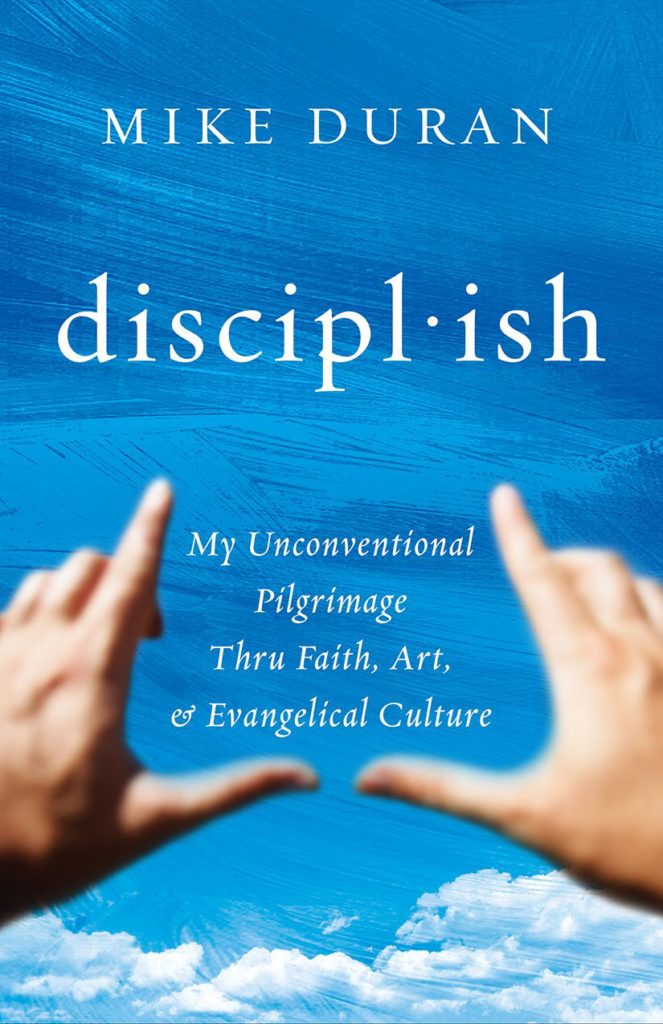
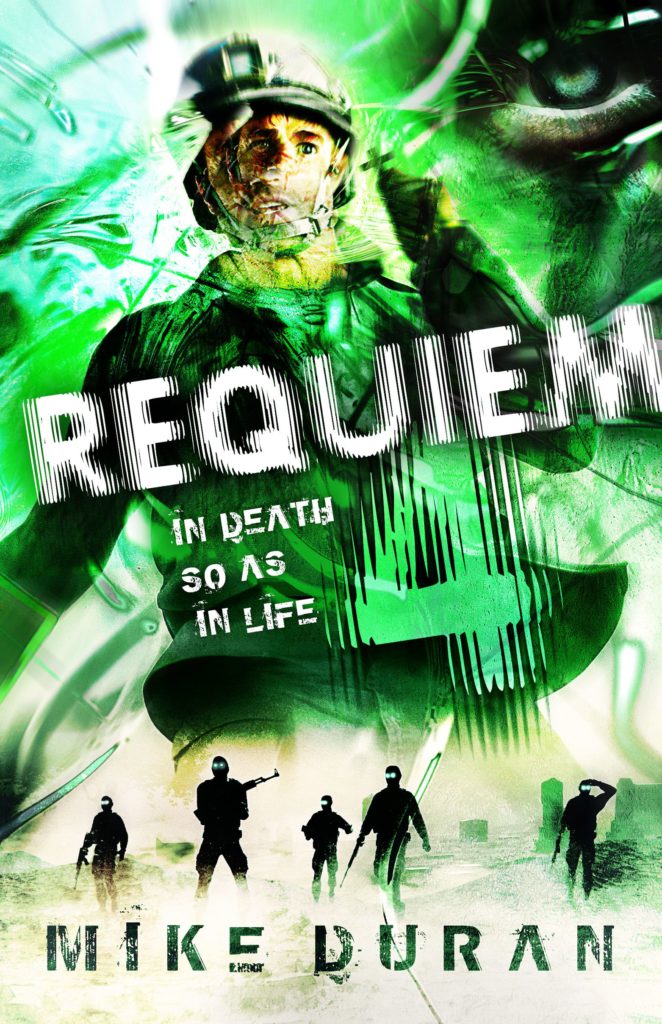
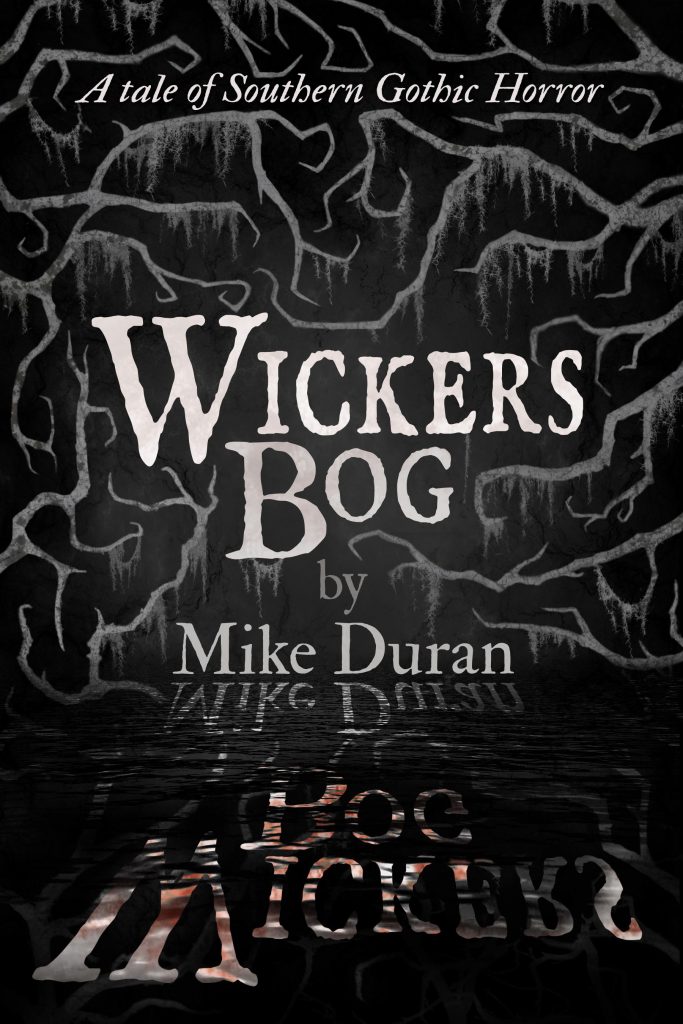
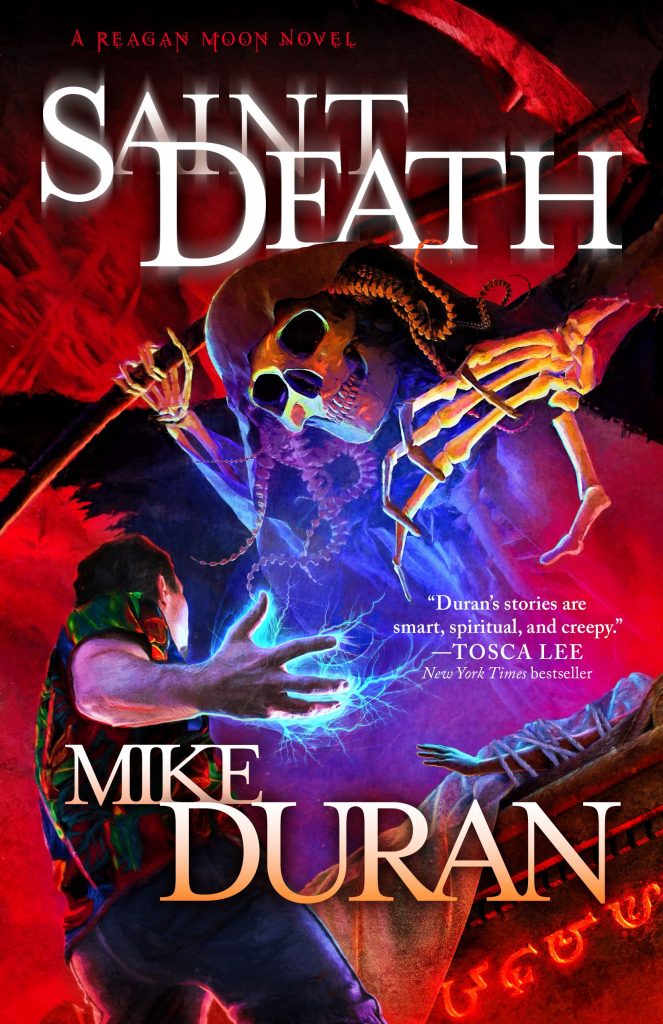
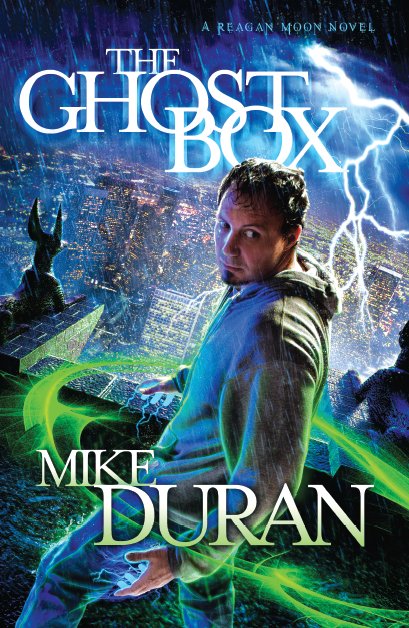
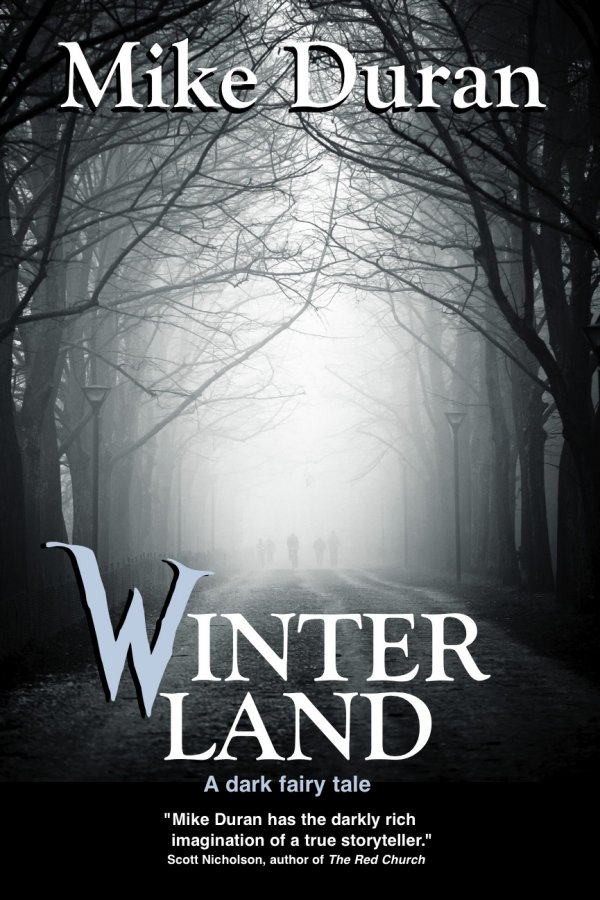
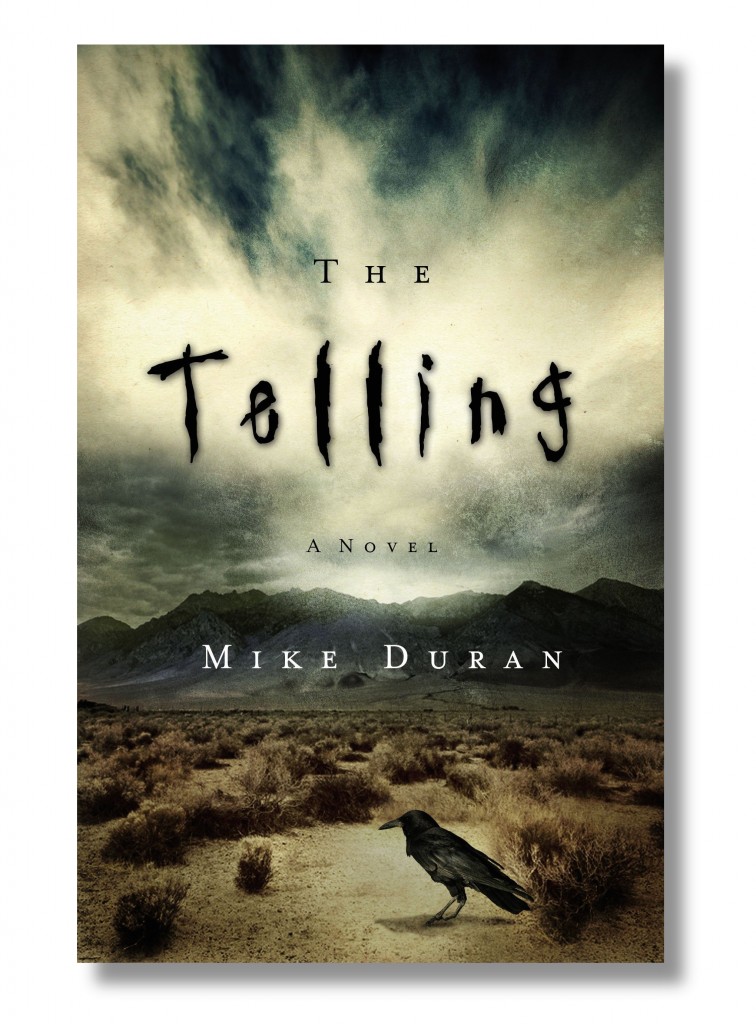
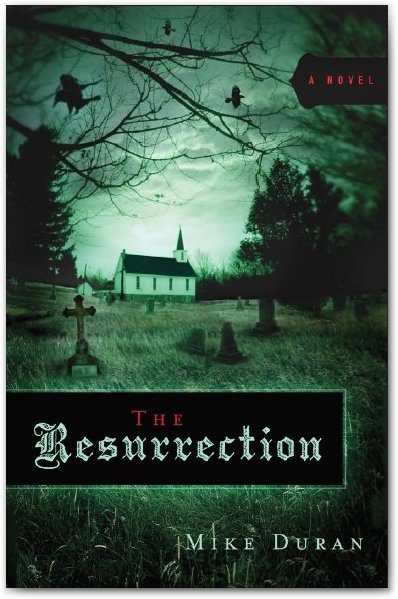
Thanks for your analysis of Machen, Mike. I haven’t read Machen before, so I just now bought the Penguin Classic’s anthology of his work.
Sam